Horticultural agrosystems and mosaic dryland farming in the Las Vegas region (Madrid).
DOI: 10.5281/zenodo.7633909
Peri-urban SAMUTER model in metropolitan and large agglomeration contexts
Authors: Rafael Mata Olmo and Carolina Yacamán Ochoa
Overview of SAMUTER
This urban agri-food system, anchored in the territory of the fertile plains and moors of Madrid, is a mosaic of predominantly family farms with irrigated land, olive groves, vineyards, cereal fields and riverside meadows, coherently adapted to the highly diverse agro-ecological potential of the region known as the Comarca de las Vegas. Its strength lies in the high agro-ecological, cultural and landscape values of the area, relatively well preserved at the gates of the metropolitan area of Madrid. Although quality and proximity practices are emerging or taking root in the agri-food cycle of the different production options, this SAMUTER has a lot of potential for improving its territoriality and governance, and in the dissemination of short circuits, particularly for horticultural production in irrigated meadows.
1. Environmental sustainability
This SAMUTER has a high agro-ecological and landscape diversity, in an acceptable or good state of conservation in general. Such diversity is the result of the adaptation of the mosaic agrosystem to the marked contrasts of its topographic, lithological and soil base. The calcareous platforms of the interfluves, with relatively stony red Mediterranean soils, are covered by a puzzle of small plots of old olive groves and unirrigated vineyards of low relative density and traditional varieties, dotted with cereal farms with long fallows, preferably on gently concave areas that are cooler and clayey. On the terraces, loose stands of holm oak (Quercus ilex L. subsp. ballota) and small stands of scrubland, with kermes oak and kermes oak (Quercus coccifera), are common, next to the large mass of pine (Pinus halepensis) and holm oak of Monte de la Encomienda. Where the slope increases towards the slopes that connect with the fertile plains of the rivers Tajuña, Jarama and Tajo, there are also banks between the ploughed plots and modest terraces. On the slopes, modelled on gypsiferous loams, the cultivated land is reduced to small groups of olive groves, and a gypsiferous scrubland of high floristic interest gains weight in the mosaic, with extensive atochares (Stipa tenecissima) in the lower parts.
The counterpoint to the dry farming on moors and slopes is provided by the herbaceous irrigation on the alluvial plains of the riverbanks; although deeply altered in some places by extensive gravel pits (especially along the Jarama), certain stretches of riverside vegetation are preserved in good condition along the main courses with Populus alba, Fraxinus angustifolia, Salix alba, S. fragilis, S. triandra and Tamarix gallica ; an interesting natural hygrophilous vegetation is also associated with the traditional open-air canals and irrigation channels, especially in the Tajuña valley, weaving with the copses and some lagoons of anthropic origin (scars of restored gravel pits) and natural origin (San Juan lagoon) a green infrastructure of great ecological interest within the matrix-agrarian area. In this environment of high productive potential, the irrigated agrosystem has lost the cultural diversity of the past, with a significant reduction in horticultural land and the expansion of maize, winter cereals and even fallow land, which is a manifest weakness as SAMUTER. In any case, there are still areas where market garden crops are still grown, with proven quality varieties of some products such as artichokes and asparagus, and riverside pastures used by extensive beef cattle farming (agro-livestock pastures on the banks of the Jarama, Campogrande estate). All this, together with the presence of a dense historical irrigation network, gives the agrosystem and its landscape a high natural and cultural interest.
Proof of these values and of the commitment to the agri-environmental sustainability of this diverse mosaic landscape is the extensive coverage, both on agricultural land and on the dominant natural areas, of the Natura 2000 Network, with the presence of the ZEPA Cortes and cliffs of the Jarama and Manzanares rivers and the Site of Community Importance (SCI) Vegas, Cuestas y Páramos del Sureste de Madrid. There is also an IBA (Important Bird Area), Cortes y Gravas del Jarama; furthermore, a large part of the Jarama plain and its borders form part of the Sureste Regional Park, with high ecological, palaeontological and archaeological values, although with serious problems of management and regulation of uses.
2. Territoriality and agri-environmental policies
The scope of this SAMUTER lacks an instrument or institutional figure that accredits and regulates its identity as a territorialised agri-food system. However, in the collective imagination of part of the population of Madrid, the region of Las Vegas and its Alcarria moors is attributed an agricultural function as a producer of market garden crops, quality wines and oils, and a traditional rurality reflected in its landscapes. This is an image and, in part, a reality that is strengthening the ARACOVE association (Asociación de Desarrollo Rural Comarca de las Vegas y Alcarria de Alcalá) since its foundation in 1995, and to which various initiatives of individual or associated producers around certain multifunctional agri-food projects anchored in the territory have joined in an institutional or informal way, without so far being able to speak of a dense and solid network.
They are also diverse initiatives that respond to the agro-ecological and landscape mosaic of the area. The presence of Manchegan and Alcarreña sheep and farms for the production of milk and artisan cheese is relatively important on the dry land of the moors. Olive groves and vineyards, the latter largely integrated in the “Vinos de Madrid” Designation of Origin, the Arganda del Rey sub-area, the largest and with the most producers in the region, have different organic wine production projects linked to the outstanding urban and architectural heritage of certain towns and wineries such as those of Chinchón, Colmenar de Oreja or the Real Cortijo de Carlos III in Aranjuez. Olive and oil production on family or smallholding farms, with traditional characteristics in terms of plantation density, varieties (cornicabra and redondilla -manzanilla-, the most widespread-) and the use of dry land, is working to obtain the Oils of Madrid DO and has some experiences of organic production such as that of the historic oil mill La Abuela in Titulcia. There are still singular cases of agro-ecological management and promotion of native varieties of horticultural crops of asparagus and artichokes, with the quality seal “Vega de Ciempozuelos” in that municipality, and a slight increase in organic agriculture certifications, such as the horticultural production of La Huerta Madre Vieja, Conciencia Grows or El Huertecito, and also beef from the Campogrande livestock farm, on a large estate on the banks of the Jarama, as well as organic Manchego cheese Marqués de Mendiola, from the family cheese company GANATEC, located in Ciempozuelos, in the Southeast Regional Park.
3. Relations between production, processing, marketing and consumption
Although an important part, difficult to specify, of the traditional crops of this agrosystem, both rainfed and irrigated horticultural crops, follow the transformation processes (cooperative oil mills in the case of oil and small wineries for wine) and the usual distribution channels, with the majority of market garden products sold in Mercamadrid, there is a proliferation of direct sales of local production on farms and through short supply chains of fresh produce to consumer groups and groups of consumers living in the city of Madrid and the metropolitan area. Online sales and supplies to restaurants and shops in the area are also expanding, and gastronomic tourism is also on the rise, particularly in relation to wine and oil tasting in various bodegas and oil mills, meat and cheese tasting in certain livestock farms in Jarama, and local products in popular festivals and traditional gastronomy.
4. Good governance
There are some agro-ecological food networks, such as the Association of Ecological Gardens of Madrid, made up of small farms that are linked to short food supply chains, as well as a municipal land bank in San Martín de la Vega. For its part, the ARACOVE Association for Rural Development, which manages LEADER funds, and the La Chimenea farm, a research centre for good agricultural practices of the Madrid Institute for Rural Development in Aranjuez, promote, within their spheres of competence, tools in favour of agricultural associations and good governance. Various irrigation associations are also based in the area, including the Asociación de Regantes del Real Canal de Riego del río Jarama, which brings together all owners of irrigated crop and livestock land. However, the lack of interest shown by irrigation groups in decision-making on the regional agri-food system is striking, which makes it difficult to strengthen the proximity between agri-food economies and local consumers. In this context, the revitalising activity of the regional public administration is clearly insufficient; innovative projects to foster bottom-up processes to strengthen the territorialised agri-food system, using the support of short food supply chains, are in fact lacking. There are also no tax benefits or specific support for the agricultural sector operating in the Southeast Regional Park.

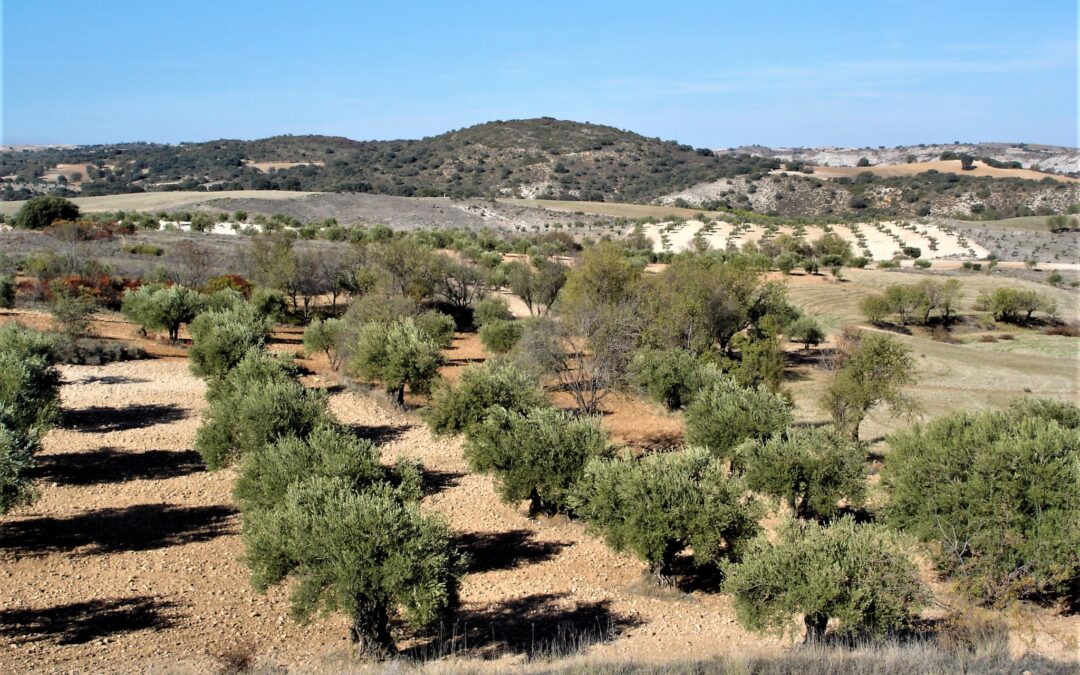
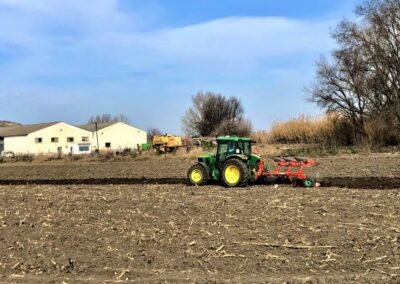
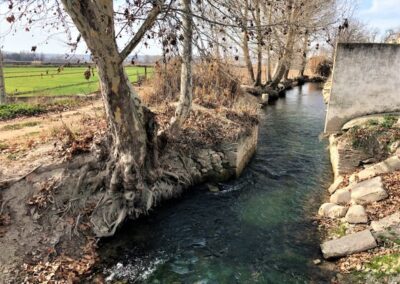
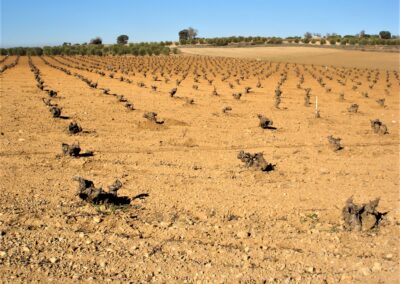
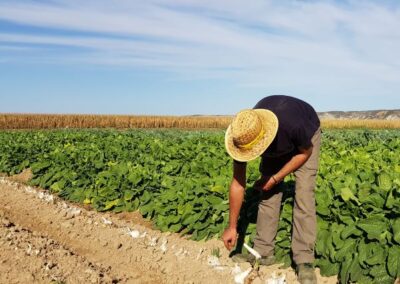
Recent Comments